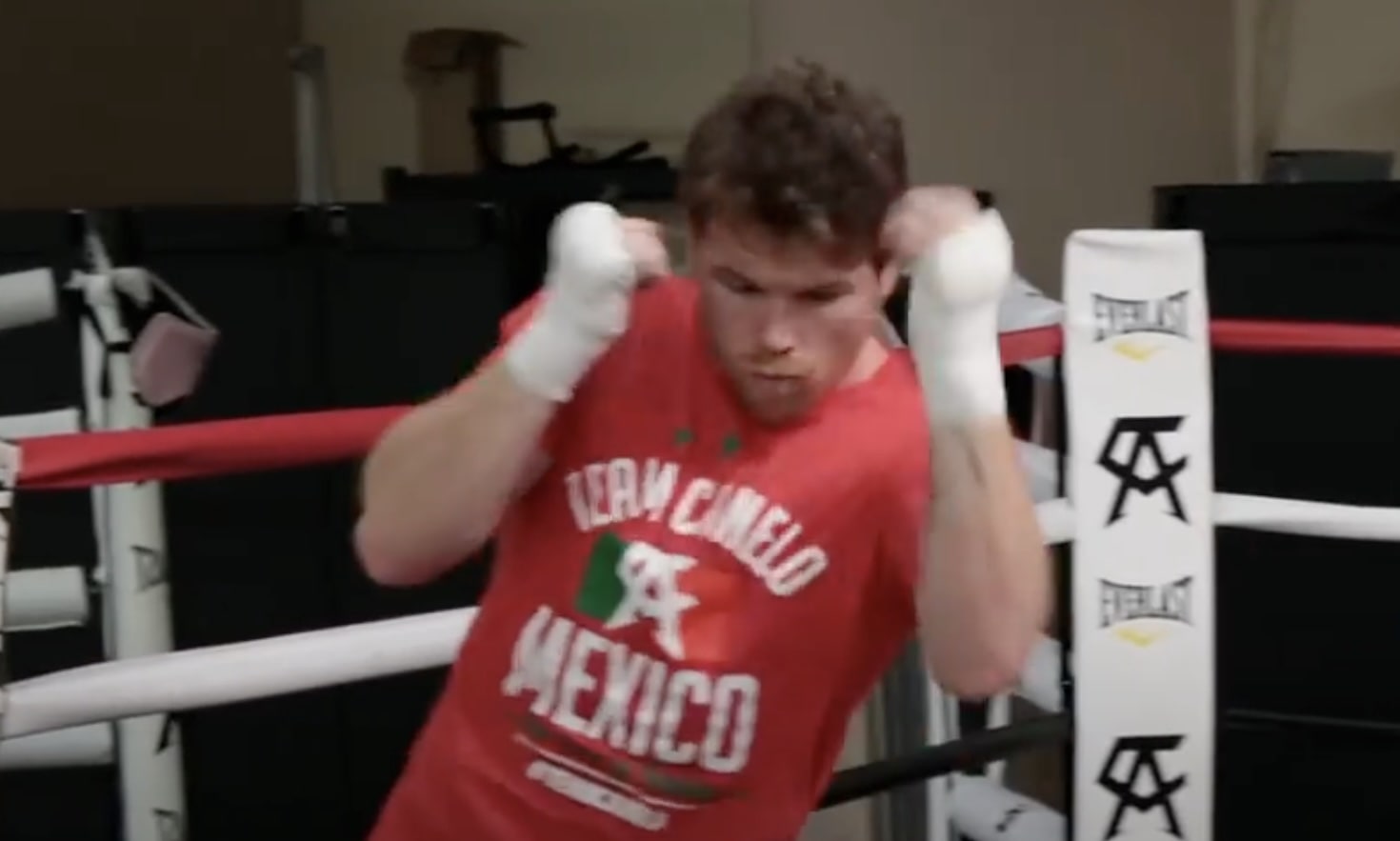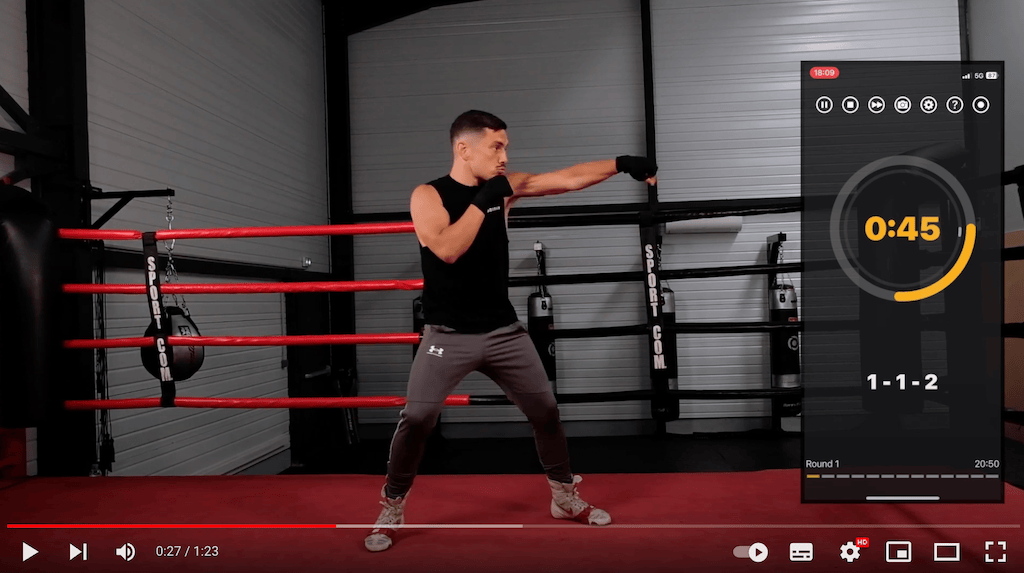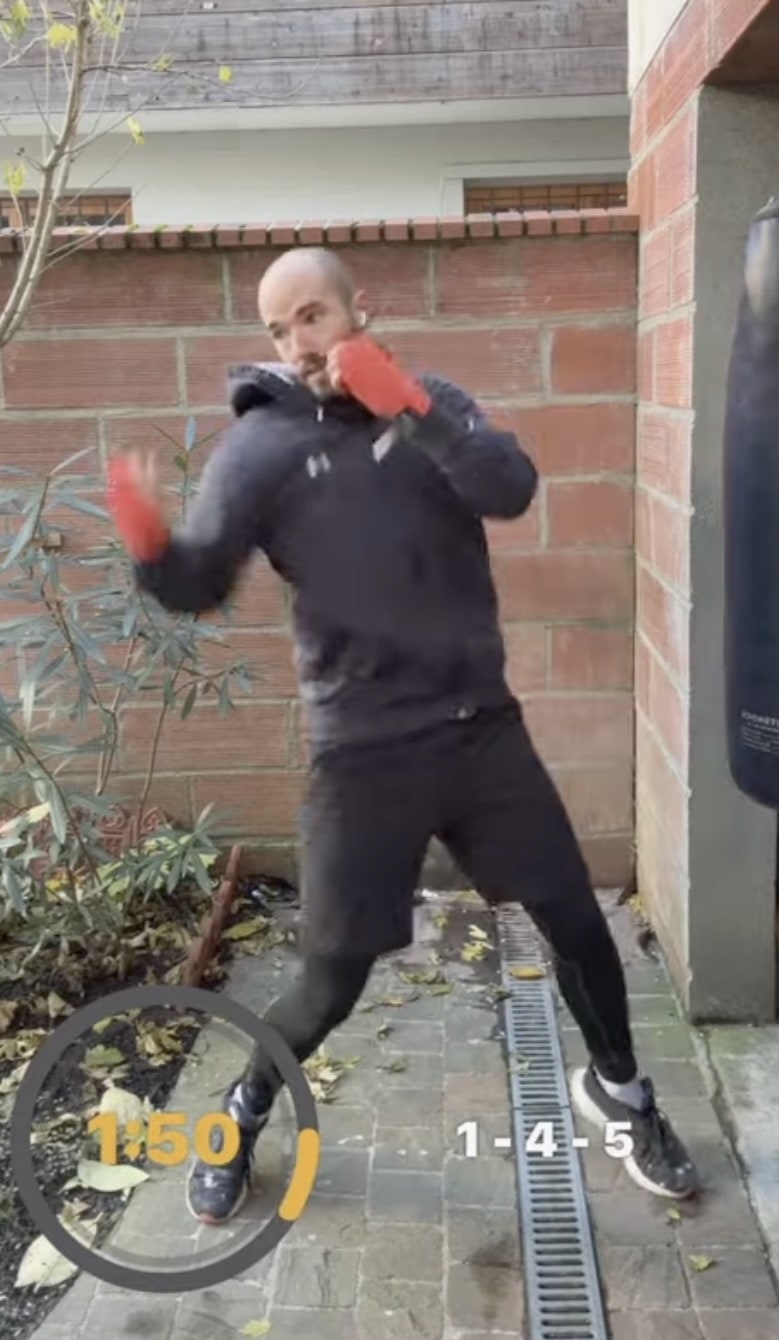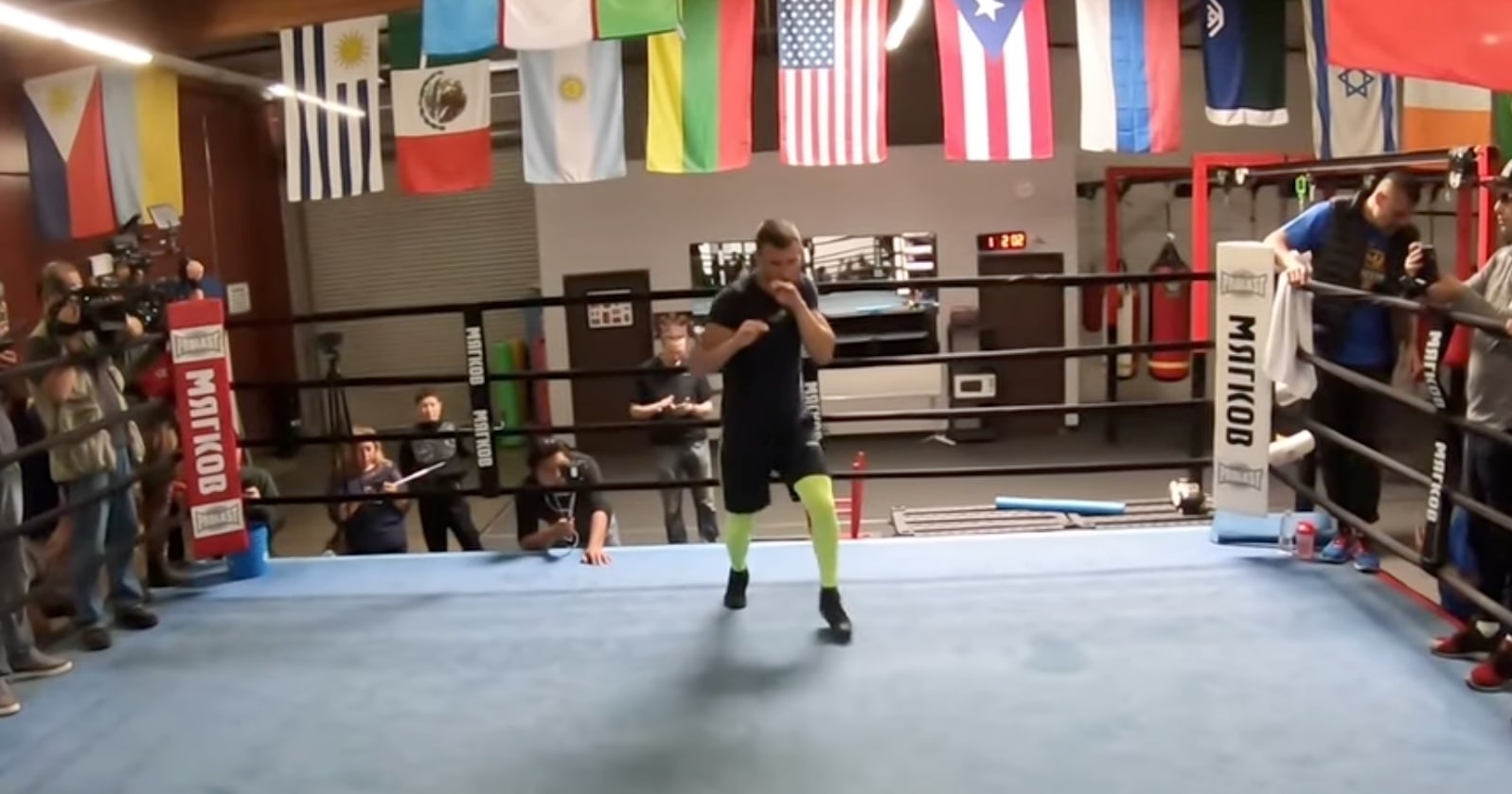What is Shadow Boxing?
Shadow boxing is one of the most iconic and essential elements in the world of boxing. You’ve seen it before—perhaps a fighter moving rhythmically in front of a mirror, throwing punches at the air, their feet gliding across the floor with precision and poise. But don’t be fooled by its simplicity. Shadow boxing is not just a warm-up; it’s a technical, mental, and physical tool that shapes champions.
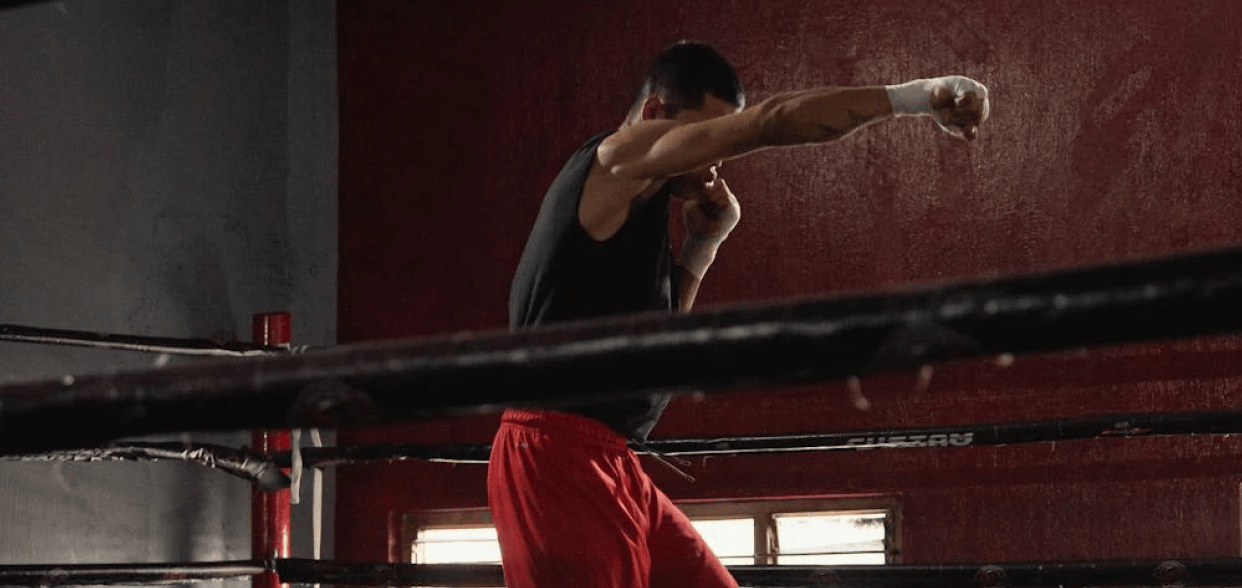
What Is Shadow Boxing?
At its core, shadow boxing is the practice of moving and throwing punches without a physical opponent. Think of it as “sparring with your shadow.” It’s typically done in front of a mirror, but it can also be performed in open space, with or without gloves, and with or without an audience.
But this isn’t just random movement. Good shadow boxing mimics real fight scenarios. It’s strategic, calculated, and intentional.
Why Shadow Boxing Matters
Here’s why every serious boxer—and combat athlete in general—includes shadow boxing in their routine:
1. Technique Refinement
Shadow boxing allows you to slow down or speed up your punches and footwork to focus on form. Want to perfect your jab? Practice it in the mirror. Want to work on slipping punches and countering with a cross? Shadow boxing is where it begins.
📌 Example: A fighter might work 3 minutes on nothing but jab variations—up-jab, double jab, jab to the body—while moving around the ring and maintaining good defensive posture.
2. Footwork and Balance
Without the resistance of a bag or opponent, you’re forced to rely solely on your own coordination. That helps develop balance, positioning, and smooth transitions between offensive and defensive movements.
📌 Example: Shadow boxing with pivots, L-steps, or shuffles can help build the habit of resetting your stance after a combo—something many beginners forget.
3. Fight Simulation and Visualization
Great fighters visualize the opponent in front of them. They don’t throw random punches—they imagine slipping a jab and countering with a cross-hook combo. Shadow boxing becomes a mental exercise where you simulate a full round.
📌 Example: Imagine you’re facing an aggressive pressure fighter. You shadow box with lateral movement, jabs to keep distance, and sharp counters when your imaginary opponent overreaches.
Just watch how focused Canelo Álvarez is in the following video!
4. Warm-Up and Conditioning
Before a heavy bag session, pads, or sparring, shadow boxing gets the blood flowing, loosens the joints, and mentally gets you into “fight mode.” When done intensely, it can also be a cardio-intensive drill.
📌 Tip: 3 rounds of shadow boxing with high intensity, including head movement and quick footwork, is a great full-body warm-up.
How to Structure a Shadow Boxing Session
Typical shadow boxing routine
There are many ways to shadow box, but a typical shadow boxing routine can be broken down like this.
Round 1: Technique Focus (Light Intensity)
- Focus on one or two punches
- Work on clean foot placement
- Mirror practice for feedback
Round 2: Defensive Movement
- Slip, roll, and parry imaginary punches
- Practice angles and counter-movement
- Add fakes and feints
Round 3: Full Round Simulation
- Move as if you’re in a real match
- Mix offense, defense, and recovery
- Keep hands up, chin down, and rhythm flowing
Optional Rounds
- Focused combos: e.g., double jab + right hand + pivot out
- Southpaw vs orthodox scenarios
- Mimic a pro’s style (Ali’s shuffle, Tyson’s peek-a-boo)
Reactive Shadow Boxing: Train Your Brain Like a Fighter
Traditional shadow boxing is often self-directed—you decide the pace, combinations, and movements. But in the ring, you don’t control the rhythm fully, as there is someone in front of you trying to get the upper hand. That’s where reactive shadow boxing comes in.
To start off, here’s a video example of a boxer doing a reactive shadow boxing session.
What Is Reactive Shadow Boxing?
Reactive shadow boxing involves responding to external callouts or cues in real time. These cues can come in many forms:
- Verbal prompts (e.g. “Jab!”, “Slip-right-cross!”)
- Visual cues (on-screen combos or flashing lights)
- Audio cues (sound effects signaling movement or punch types)
- AI or coach-guided commands (live or prerecorded)
Instead of deciding what to throw next, you react—just like in a real fight.
Why Is Reactive Shadow Boxing So Effective?
1. Builds Fight IQ and Reaction Time
Boxing is a game of reactions. Reactive shadow boxing sharpens your reflexes and forces you to make split-second decisions—just like you’ll need in the ring. You learn to execute the right movement without hesitation.
2. Develops Pattern Recognition
Over time, your brain starts linking commands with movement patterns. Hear “slip-jab-cross,” and your body fires without thinking. This builds muscle memory under pressure.
3. Adds Intensity and Unpredictability
When you don’t know what’s coming next, you stay mentally and physically alert. This simulates the stress and randomness of a real bout better than any self-guided session.
4. Reveals Weaknesses
Are you slow to respond to a hook callout? Do you forget your guard after a combo? Reactive drills expose gaps in your technique and force immediate correction.
How to Practice Reactive Shadow Boxing
- With a Coach: Have them call out combinations while you move around.
- With Video Prompts: Follow a reactive training video with verbal cues.
- With an App: Use an interactive platform that delivers randomized or structured combinations, footwork instructions, and defensive commands.
The Shadow Boxing App: Your Virtual Coach in Your Pocket
If you want to experience the benefits of reactive shadow boxing anytime, anywhere, The Shadow Boxing App is built for you. With real-time audio cues, customizable rounds, and expert-curated drills, the app challenges your mind as much as your body—whether you’re shadow boxing at home, in the gym, or on the go.
Some Tips & Common Mistakes
When shadow boxing, doing one of the following will help you get better results:
- 🪞 Use a Mirror: Visual feedback helps fix bad habits.
- ⏱ Use a Timer: Stick to 2-3 minute rounds with 30-60 seconds rest.
- 🎵 Add Music: Rhythm matters; music can help your flow.
- 🎯 Set Goals: Each round should have a focus—don’t just flail.
- 📹 Record Yourself: Reviewing footage helps refine posture, guard, and form.
- 📱 Use an app: An app focused on shadow boxing, like The Shadow Boxing App, can help you stay motivated and focused.
On the other hand, you need to avoid those common shadow boxing mistakes:
- ❌ Throwing punches without resetting your guard
- ❌ Moving without purpose
- ❌ Not visualizing an opponent
- ❌ Neglecting defense
- ❌ Going too fast without proper form
Shadow Boxing in Other Combat Sports
While rooted in boxing, shadow boxing is equally valuable in:
- Muay Thai: Practice elbows, knees, and clinch breaks.
- MMA: Mix striking with level changes and sprawls.
- Kickboxing: Integrate kicks and footwork with upper body strikes.
Famous Fighters and Their Shadow Boxing Styles
- Muhammad Ali: Graceful and rhythmic, often used shadow boxing to entertain and loosen up.
- Mike Tyson: Explosive, with head movement and tight combos—often practiced with his trademark peek-a-boo style.
- Lomachenko: Uses angles, footwork drills, and rapid-fire combos in his solo work as you can see in the video below.
Conclusion
Shadow boxing is where the art of boxing begins and where it returns after every fight. It’s a safe space to experiment, a tool to refine technique, and a mirror into your own fighting soul. Whether you’re a beginner learning how to throw your first jab or an elite athlete honing your edge, shadow boxing should be part of your every session.
So next time you’re alone in the gym or your living room, gloves off, just move. Let your shadow be your sparring partner—and fight like the world is watching.
If you don’t have access to a coach, you should give the Shadow Boxing App a try. It’s a great way to get started practicing boxing, regardless of experience!
